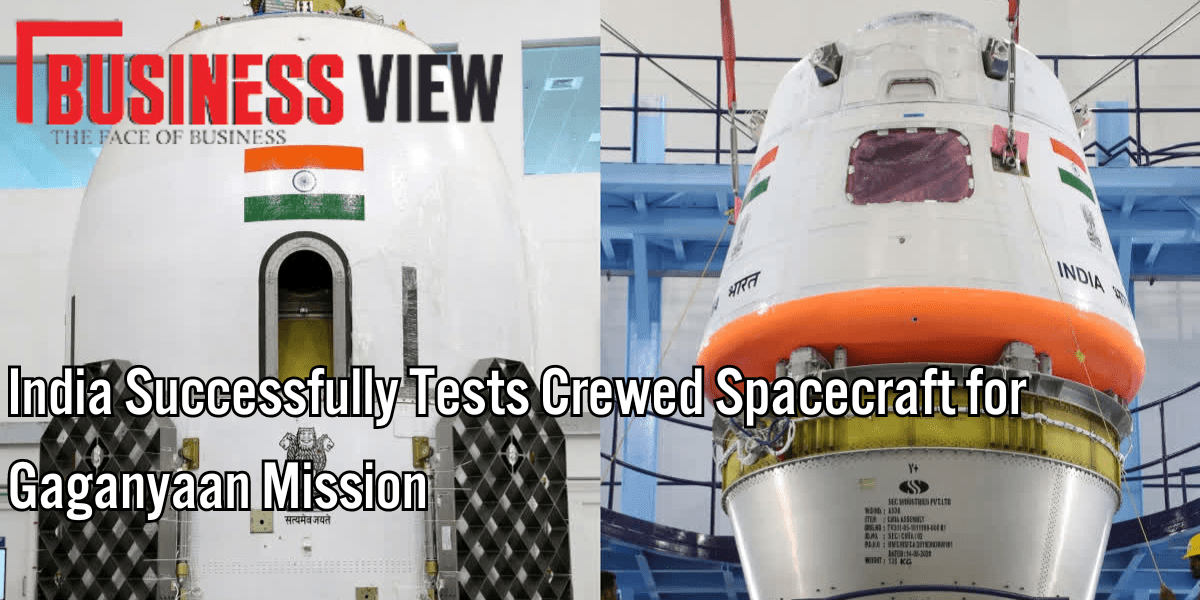Two important events happened on the Weekend which helped people to stick to the TV screen. One, the match of India against New Zealand and second the success of the test of Gaganyaan. After creating history by successfully launching Chandrayaan-3 and Aditya L1 mission, India has again successfully launched Gaganyaan. However, this launch was the first test for the crewed mission and with the success of this test, it has been cleared that India is moving its way in the race of sending humans to space. According to the reports, on Saturday, 21st October, ISRO successfully finished the test launch as well as the recovery of a crew module, bringing the first human space flight project to India.
The success of this test is taking ISRO near to reality and showcasing the strong foot of India in the space sector. Moreover, the success will put the nation on the exclusive and precise list of countries that can launch a crewed spacecraft within their nation. This success has filled the enthusiasm among ISRO and they are looking forward to passing all other tests and successfully launching the official Gaganyaan mission. The first Gaganyaan mission test started at 08:30 AM IST, but the ground mission of the computers stopped the sequence after observing an anomaly, as per shared by S Somanath, Chief of ISRO. After some time, the problem was recognised, and the mission launched at around 10:00 IST.
As per the reports, the Crew Escape System has successfully detached from the Crew Module from the test spacecraft. After coming down with the help of parachutes, it successfully landed in the Bay of Bengal. After the landing, the Indian Navy successfully recovered the spaceship. ISRO made a statement regarding the test which reads that “Mission Gaganyaan: TV-D1 Test Flight is executed. Crew Escape System performed as intended. Mission Gaganyaan get off on a successful note.” The test that was performed on Saturday was the first of several that ISRO will perform as it draws up for a manned mission to space that will occur most probably in 2025, as stated by the Chief of ISRO.
Mr. Somanath states “I am feeling extremely happy to share the news of the successful launch of the TV-D1 mission. The spacecraft has gone up to a Mach number, which is a little bit above the speed of sound and commenced an abort condition for the crew space to function.” Mach 1 is similar to around 1,200 km per hour. ISRO is focusing on the launch window of Gaganyaan in the first quarter of 2024 for the effeminate flight lying within the mission. The aim of Gaganyaan is to develop a human-habitable spacecraft that has the ability to carry a 3-member crew into an orbit of 400km for 3 days, prior to land in the Indian Ocean. After the successful launch on Saturday, the module went down using parachutes for a collapse in the Bay of Bengal, as stated by ISRO.
Later on, Somanth states that the crew module has been entirely found from the sea and it has already been brought back to Chennai port. The Indian Navy made a Tweet regarding this news and also shared photos of its personnel recovering the module from the sea which was found around 10 km from Sriharikota.


